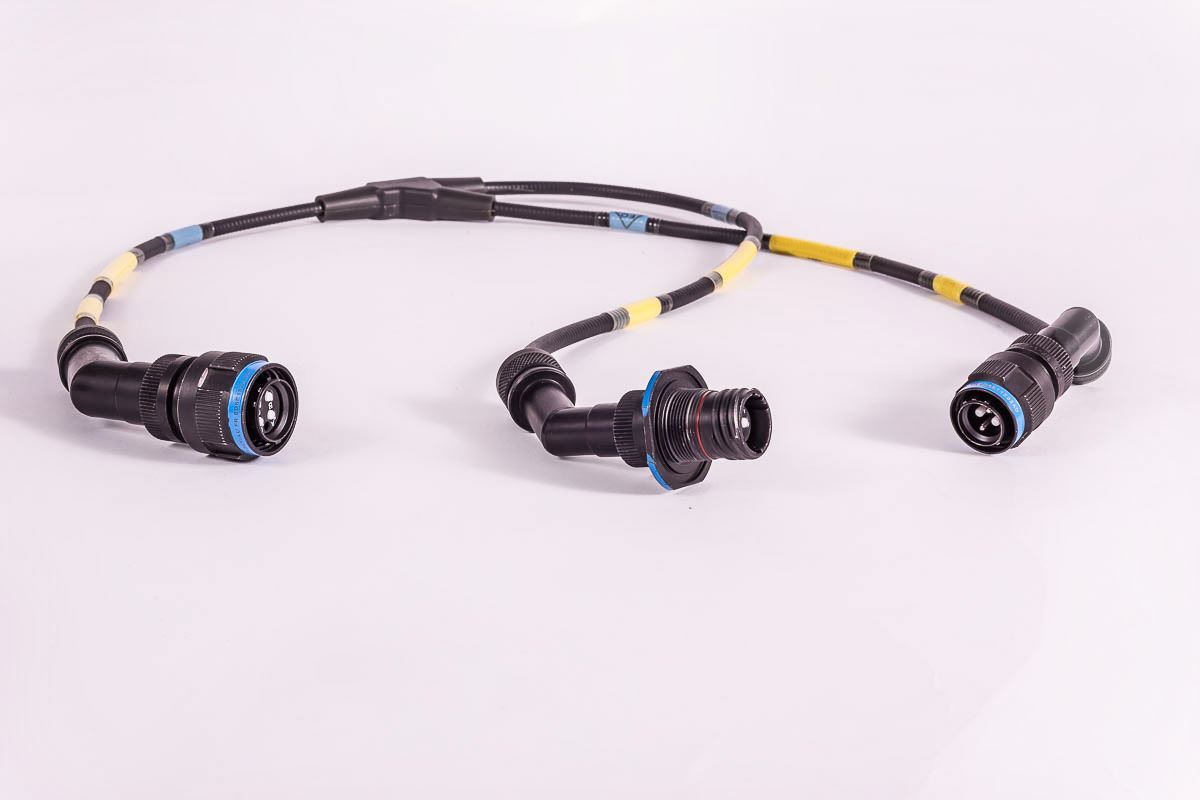A Foundation of Modern Electronic Devices: Grasping Cable Configurations
In the current swift electronic environment, cable assemblies play a crucial role in the functionality and efficiency of contemporary electronics. Such complex combinations of wires, junctions, and protective coverings are the invisible champions behind the smooth operation of various mobile phones and computers to heavy equipment. Understanding cable assemblies is crucial for anyone who seeks to understand the intricate dynamics of components that drive our electronic devices.
At their foundation, cable assemblies are engineered to transfer power and data between various electronic parts, making sure that systems operate effectively and effectively. The range of applications for cable assemblies is broad, ranging from consumer electronics to space technology. Investigating the realm of cable assemblies, we can learn about how they contribute to the reliability and effectiveness of the products we rely on daily.
Types of Wiring Assemblies
Cable assemblies come in different configurations, all designed for specific applications and contexts. One of the most prevalent forms is the power wiring assembly. These cables are designed to deliver electrical power from a supply to an end device. They usually include plugs, insulating materials, and safety enclosures to guarantee safety and performance. Power cable assemblies are vital in industries such as vehicle manufacturing, telecommunications, and manufacturing equipment.
Another common type is the data wiring unit, which supports the transmission of signals between units. This includes units used for network connections, USB interfaces, and other data communication setups. Data wiring configurations often feature twisted pair cables or fiber optics technologies to boost signal integrity and reduce signal degradation. These units play a key role in the modern networked society, allowing smooth communication and effective information exchange.
Finally, there are custom wiring assemblies, which are modified to meet unique requirements of certain applications. These can include assemblies for challenging settings, such as aviation or oceanic settings, where durability and tolerance to harsh circumstances are critical. Specialized cable assemblies may also be developed for clinical equipment, requiring strict conformance with safety standards. By concentrating on the particular requirements of specific industries, these cables ensure reliable performance and longevity.
Applications in Current Electronic Devices

Cable assemblies play a key role in a wide range of contemporary electronic uses, serving as the essential connections that enable devices to interact and operate properly. In personal electronics, such as mobile phones, tablets, and televisions, wire assemblies are crucial for conveying power and data between parts. This smooth connectivity ensures that users benefit from efficient functioning and high-quality performance in their machines.
In manufacturing environments, wire harnesses are vital for maintaining operations across different machines and equipment. They are used in automated systems, robotic technology, and manufacturing processes where reliable data transfer and power supply are important. The durability of these assemblies ensures they can withstand the challenging conditions often found in factories, minimizing interruptions and enhancing productivity.
Additionally, in the automotive and aviation industries, wire systems are necessary for the performance and security of cars and planes. They support connections between essential systems, including navigation, comm systems, and control. The reliability of wire connections in these applications is essential, as any failure can have serious implications for safety and performance.
Best Practices for Choosing Cable Assemblies
When selecting cable assemblies, it's crucial to recognize the particular requirements of your undertaking. Consider factors such as the surroundings where the assemblies will be used, including exposure from temperature extremes, moisture, and mechanical stress. This analysis will help in choosing materials and components that can endure these conditions, providing reliability and longevity.
Then, assess the electrical specifications of the cable assemblies, which includes voltage ratings and current-carrying capacity. It is important to match these specifications with the needs of your application to avoid issues like overheating or signal loss. Additionally, take note of the connector type and compatibility with existing components to eliminate installation headaches and secure optimal performance.
Lastly, partnering with a reputable manufacturer or supplier can greatly improve the selection process. Look for companies that offer customization options and have a reputation of delivering high-quality products. By choosing a trustworthy source, you can benefit from expert advice, warranty options, and support, making your experience smoother and more productive.